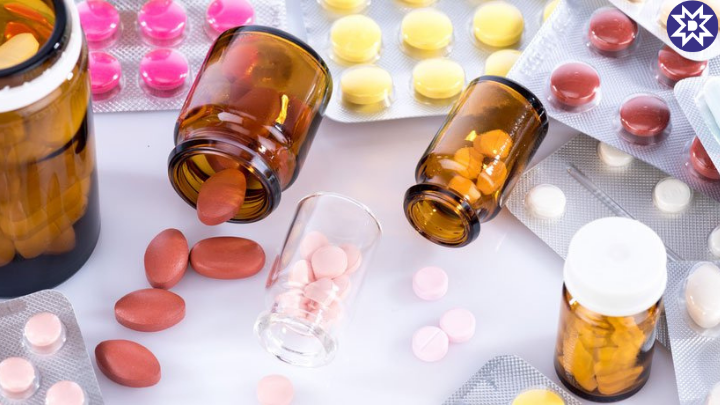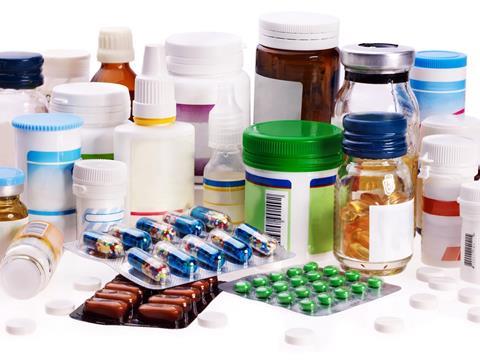
Why Packaging Matters in Pharmaceuticals
Pharmaceutical packaging is far more than a protective layer—it is an integral part of product safety, patient trust, and regulatory compliance. Medicines are highly sensitive to environmental factors, and improper packaging can compromise efficacy, shelf life, and safety. Beyond protection, packaging also communicates brand credibility and professionalism, which directly impacts market acceptance and patient adherence.
One of the main functions of packaging is product protection. Medicines are vulnerable to moisture, heat, light, and oxygen, which can cause degradation or chemical changes. For instance, moisture-sensitive tablets stored in non-airtight bottles can crumble or lose potency, while injectables in non-sterile containers can become unsafe for use.
Packaging also ensures patient safety and adherence. Features like child-resistant caps, tamper-evident seals, and clear labeling prevent misuse. Correct labeling communicates dosage, storage instructions, and warnings, enabling patients to follow treatment safely.
Regulatory compliance is another critical reason to prioritize packaging. Agencies such as the USFDA, CDSCO, and EMA set strict standards for materials, labeling, and traceability. Non-compliance can result in penalties, product recalls, or loss of market access. Properly designed packaging demonstrates a commitment to quality, enhancing trust among healthcare professionals, distributors, and patients.
From a commercial standpoint, packaging also influences distribution efficiency and brand visibility. Primary packaging like blister packs protects the product, secondary packaging such as cartons communicates brand identity, and tertiary packaging ensures safe transport. High-quality, functional packaging safeguards the medicine while building confidence in the brand.
In short, pharmaceutical packaging is a multifunctional tool that combines protection, regulatory compliance, usability, and branding. Understanding its importance is the first step toward selecting the most effective solution for each product.

Key Considerations for Choosing Pharma Packaging
Selecting the right packaging for pharmaceutical products is a critical decision that impacts product safety, patient compliance, regulatory adherence, and brand reputation. Every medicine has unique requirements based on its dosage form, chemical composition, storage conditions, and distribution channels. Choosing packaging without careful planning can compromise stability, lead to regulatory penalties, and reduce market acceptance. A thoughtful approach ensures medicines remain effective, safe, and appealing to patients while minimizing risk and maximizing efficiency in manufacturing and logistics. Considering the key factors early in the product development process allows companies to select materials, designs, and formats that are both functional and compliant, while also supporting patient convenience and long-term brand success.
- Product Compatibility : Ensure packaging materials do not react with the medicine.
- Regulatory Compliance : Follow local and international guidelines for labeling, serialization, and traceability.
- Dosage Form Considerations :
-
Tablets/capsules : blister packs or bottles
-
Syrups/liquids : PET or glass bottles with child-resistant caps
-
Injectables : sterile vials/ampoules with tamper-evident seals
-
Creams/ointments : laminated or aluminum tubes
- Shelf Life and Environmental Protection : Protect medicines from moisture, light, oxygen, and temperature fluctuations.
- Patient Convenience and Usability : Use features like easy-open caps, dosage tools, and clear instructions.
- Supply Chain and Logistics Efficiency : Packaging must withstand transportation, handling, and storage.
- Cost vs. Quality : Balance protective qualities with cost-effectiveness for profitability.
- Brand Visibility : Distinct labels, color codes, and high-quality printing enhance recognition.
- Material Durability : Ensure materials prevent breakage, leaks, and contamination.
- Ease of Manufacturing : Select designs compatible with automated production lines to reduce errors.
By focusing on these considerations, pharmaceutical companies can select packaging that safeguards product integrity, ensures patient safety, and supports regulatory compliance, while also enhancing usability and brand reputation in the market.
Innovations and Trends in Pharmaceutical Packaging
The pharmaceutical packaging industry is evolving rapidly, driven by technology, patient safety, and environmental concerns. Adopting modern trends can improve safety, usability, and market competitiveness.
- Tamper-Evident and Child-Resistant Designs : Increasingly required for syrups, injectables, and tablets, these features prevent accidental ingestion and indicate tampering. They reduce liability and enhance patient confidence in the product.
- Smart Packaging : QR codes, NFC tags, and blockchain-enabled serialization allow tracking and verification throughout the supply chain. Patients and pharmacists can access product details, dosage instructions, and authenticity confirmation.
- Sustainable Packaging : Eco-friendly options such as recyclable plastics, biodegradable laminates, and reusable containers are gaining importance. Sustainable packaging reduces environmental impact and aligns with regulatory and consumer expectations.
- Advanced Barrier Materials : High-barrier films, laminated foils, and UV-resistant coatings improve shelf life by protecting against moisture, oxygen, and light. These materials are increasingly standard for sensitive drugs, including tablets, capsules, and biologics.
- Patient-Centric and Ergonomic Designs : Packaging that is lightweight, portable, and easy to handle improves patient adherence. Features like squeezable tubes, blister packs with clear dosage instructions, and pre-measured tools make administration simpler and safer.
- Combination Packaging : Combo packs including tablets with dosing spoons or syrups with cups enhance convenience and reduce administration errors, particularly for chronic therapies.
- Digital Labeling and Information Access : Modern packaging can include digital tools for patients and healthcare providers. QR codes and apps provide instructions, side-effect information, and clinical references, improving usability and adherence.
- Cold-Chain Packaging : Vaccines, biologics, and temperature-sensitive injectables require insulated packaging to maintain potency. Thermally stable containers, ice packs, and temperature-monitoring devices are critical in maintaining cold-chain integrity.
- Anti-Counterfeit Measures : Counterfeit medicines are a global concern. Holograms, serialization codes, tamper-evident seals, and blockchain verification help protect products and maintain brand integrity.
- Automation and Efficiency : Packaging designs compatible with automated production lines reduce human error, speed up manufacturing, and improve consistency.
By embracing these innovations, pharmaceutical companies enhance patient safety, ensure compliance, and strengthen market positioning. Modern packaging is no longer just functional—it is strategic, patient-focused, and technologically advanced.